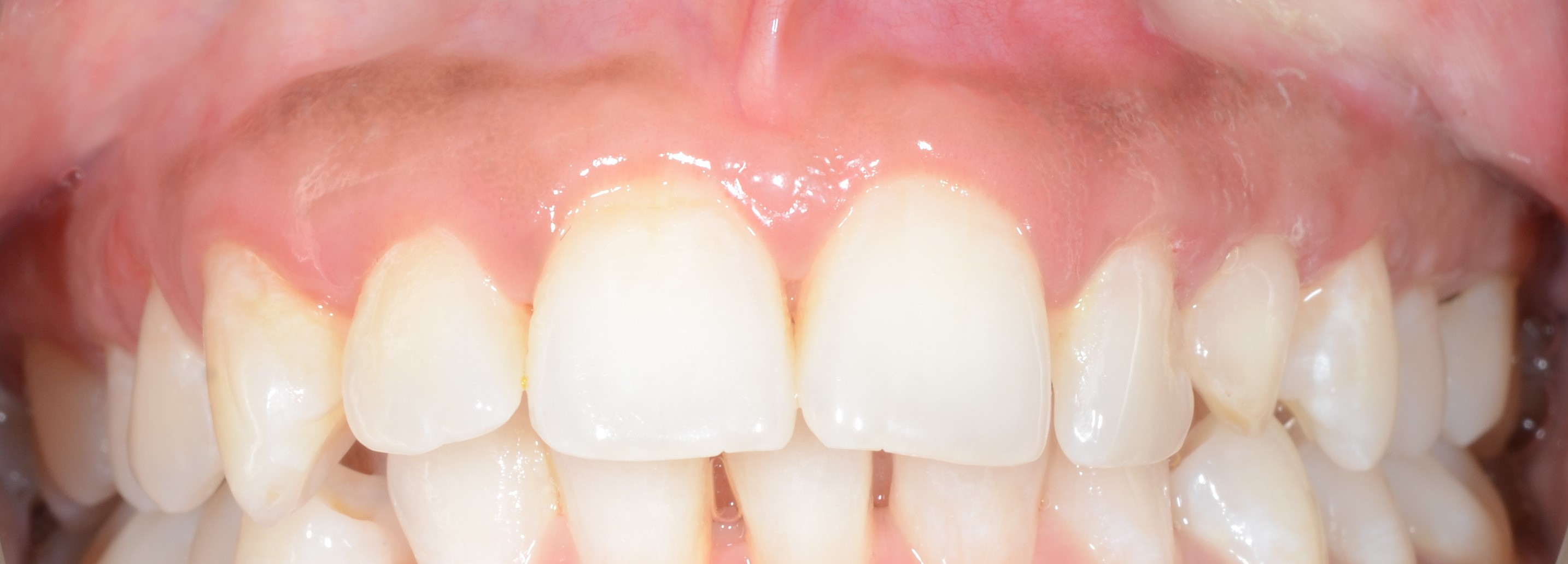Dental Hygienists are the secret to keeping your smile healthy and glowing.
Our Dental Hygienists Anjalyn & Kaela are trained to effectively remove hardened calculus, bacteria and plaque from around your teeth causing bad breath and gum disease. They are very motivated about educating patients on the most effective ways to keep their teeth and gums healthy.
It is recommended to have a dental hygienie clean every six months to prevent gum disease. Hygiene treatments are important for everyone but especially if you have underlying health issues such as diabetes and heart disease.
So What Is Gum Disease?
Gum (or periodontal) disease is a chronic bacterial infection of the gums and bone supporting the teeth. There are two types of gum infection - gingivitis and periodontitis.
Gingivitis is the early reversible stage of gum disease where the gums may become red, swollen and bleed easily. If this is not treated, it may advance to periodontitis, where the bacteria become more destructive, destroying bone and surrounding tissue, resulting in loose teeth and eventually tooth loss.
However, gum disease that is detected in its early stages can be treated and reversed.
What are the causes of gum disease?
Dental plaque which forms a sticky film on the surface of teeth, is the main cause of gum disease. Toxins released by the bacteria contained in plaque cause inflammation (gingivitis) which damages the gum surface adjacent to the plaque. To prevent permanent damage and resolve inflammation, plaque needs to be removed by tooth cleaning. If plaque remains, it begins to mineralise and form tartar (calculus), a hard build up on the surface of the tooth. This complex hard to remove colony of bacteria is rough allowing further build-up of plaque formation and results in several things:
- damage to gums,
- the breakdown of the attachment of the tooth to bone (periodontal ligament destruction)
- destruction of the bone that holds the tooth in the jaw bone
- teeth becoming mobile or wobbly
- bad breath
- the eventual loss of the tooth
- collapse of the face
- a decreased ability to eat
- gum boils
- pain
How do I know if I have gum disease?
The signs and symptoms of periodontal (gum) disease are variable, but may include
- gums that swell and redden
- sensitive gums which bleed on brushing
- gums that pull away from loose teeth
- a bad taste in the mouth
- (possible) bad breath
Therefore it is advisable you schedule regular appointments so our dental team or hygienist can detect any changes occurring in the gums as part of your regular examinations


Before clean: Heavy plaque and calculus After 2 weeks: Improvement in oral
deposit with swollen gums hygiene, gums are pink and healthy
Before clean; 7 years since last hygiene
After clean
Consultation
A consultation appointment is the first stage of periodontal treatment to establish in advance the severity and extent of the disease.
- Gum positions and spaces between gums and teeth are measured (spaces are called pockets)
- Pocket depth is registered on a special permanent chart to record the level of disease that is present
- Position and height of the bone supporting teeth is recorded via photographs and x-rays (as required)
From the information that has been accumulated, a treatment plan is devised. Hobsonville Point Dental generally present a variety of treatment options with their merits and potential drawbacks discussed with you to decide which treatment will be the most appropriate to you.
Treatment of gum disease
At the consultation appointment, possible treatment alternatives will be explained to you and this is the best time to ask any questions you may have. Our goal is always the preservation of teeth if possible and appropriate. Scaling (removal of soft plaque and hard calculus from the teeth and gum line) in addition to root instrumentation (using hand or ultrasonic instruments to remove deposits from below the gum line) are the most common forms of treatment.
Root instrumentation can be performed under local anaesthetic if teeth are sensitive. The tooth and root surface are cleaned and smoothed to enable the gum tissue / attachment an opportunity to heal after inflammation and infection, oftentimes in combination with antibiotics. Our treatments have successfully resulted in our client’s regaining a healthy, fresh smile, free from gum disease.
Would you like to know more about your options to treat periodontitis and regain your smile? Contact us today.
Hobsonville Point Dental
160 Hobsonville Point Road, Hobsonville Point, Auckland 0618
09 320 0504 info@hobsonvillepointdental.co.nz